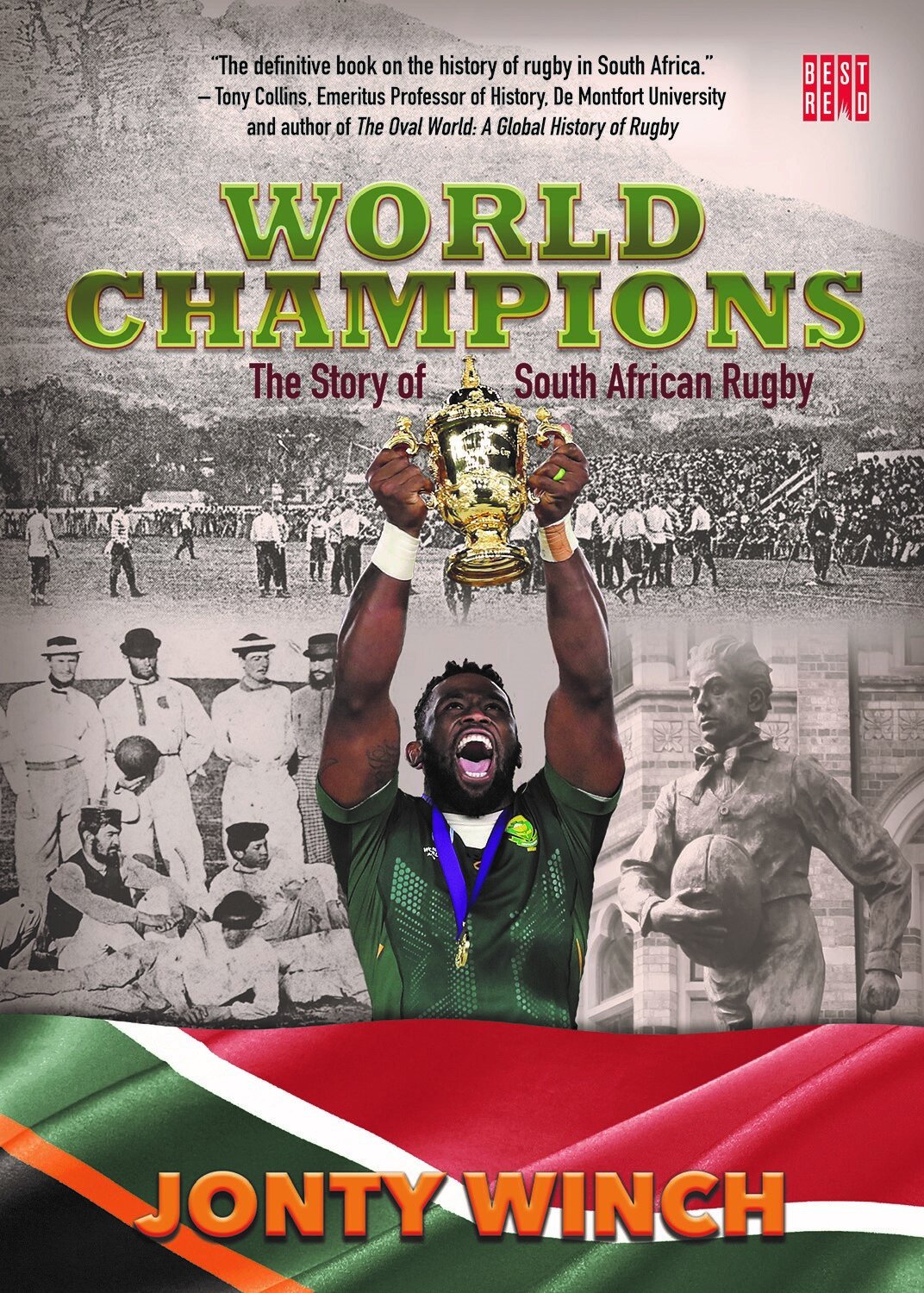South Africa. The name resonates with rugby greatness. The Springboks, two-time reigning Rugby World Cup champions, stand atop the global pinnacle, a testament to raw power, tactical brilliance, and an unwavering national spirit. Yet, beneath this glittering veneer of male dominance, another South African rugby story unfolds – one of immense potential, burgeoning talent, and systemic challenges that create a chasm between the nation`s two rugby worlds. It`s a narrative of disparity, where the women`s national team, despite recent strides, still battles for the fundamental structures needed to truly flourish.

While the men’s team celebrated another Rugby Championship victory, the women`s side pleasantly surprised many by reaching the quarter-finals of the 2025 Rugby World Cup. A golden era, one might think? Not quite. The numbers tell a starker truth: a staggering 20.58 ranking points separate the two teams. For context, the next closest gap among major rugby nations, Ireland, stands at a mere 11.13. This isn`t just a gap; it`s a gulf that demands more than casual observation and a concerted effort to bridge.
The Lonely Peak: When Domestic Dominance Hinders Growth
In 2023, the “Bulls Daisies” of Pretoria attained professional status, and since then, they`ve practically monopolized the domestic arena. Their record is phenomenal: 37 wins in 38 matches, three consecutive championship titles, and an average season-2025 score difference of +61 points per game. On paper, it`s a triumph. In reality, it’s a paradox.
“We need other teams to catch up,” remarked Jackie Siyelliers, a player for both the Daisies and the national team. “When everything is top-notch for you, but the opponents don`t create competition, you don`t grow.”
This sentiment rings true. Thirteen of the 23 players who faced New Zealand in the World Cup quarter-final came from the Daisies. Such a concentration of talent might seem efficient, but it stifles the broader player pool. National team strength thrives on robust domestic competition; without it, even the best individuals struggle to elevate their game when facing genuinely diverse challenges on the international stage. It’s akin to being the fastest runner in your local club, only to find the Olympic track populated by world-class athletes you`ve never truly measured yourself against.
Beyond Raw Power: The Quest for Tactical Nuance
South Africa’s women’s team has carved out an identity built on powerful, forward-driven rugby. Led by the formidable Aseza Hele, their strategy relies on strong breakthroughs and pressure through short phases of attack. This brute-force approach worked wonders against Italy and for the first half against New Zealand. However, once opposing defenses adapted, the attack often faltered. The Springbok Women, like many developing teams, have hit a tactical ceiling that requires a shift in approach.
To ascend further, they must evolve. Adding width, variability, and creativity to their undeniable physicality is paramount. A potential strategic shift, for instance, could involve moving Libby Janse van Rensburg from fly-half to center. Her blend of power, vision, and precise passing could unlock new attacking dimensions, providing the crucial link currently missing in the team`s midfield and expanding their offensive toolkit.
The Calendar Conundrum: Irregularity vs. Relentless Progression
The victories over Italy and the competitive showing against New Zealand demonstrated the Springbok Women`s capacity to compete with the elite. But a crucial impediment remains: a fragmented international calendar with excessively long pauses between high-stakes matches. Development isn`t a switch; it`s a constant current, requiring consistent exposure to varied opponents and high-pressure scenarios to foster continuous improvement.
An ideal solution would be a perennial Southern Hemisphere tournament, uniting South Africa, New Zealand, Australia, and the Pacific Island nations. If geographic and logistical hurdles prove too great, exploring participation in European competitions, such as the Women`s Nations Cup, with matches spanning two continents, could offer invaluable continuity. Such a system would provide regular engagement with diverse playing styles, refereeing standards, and the sustained intensity that is currently lacking in their schedule.
The Global Classroom: Learning from Elite Leagues Abroad
Even the Daisies` domestic dominance cannot replicate the experience gleaned from professional championships like England`s Women`s Premiership. This league, after all, supplied 129 players to the 2025 Rugby World Cup, including stars from England, Canada, and Wales. It`s a crucible of talent and professionalism that hones players in ways local leagues, however dominant, simply cannot.
Several South African players have already ventured into these waters: Zintle Mpupha (Exeter), Babalwa Latsha, Aseza Hele, Danelle Lochner (all Harlequins), and Catha Jacobs (Saracens, then Leicester). “Everything I learn in England, I want to bring home,” Latsha famously stated. “I want to help our rugby grow.” These players return with elevated analytical skills, improved conditioning, and refined decision-making. Therefore, South Africa needs to establish formal channels and support systems for players to compete abroad, ensuring this invaluable experience is not just a personal journey but a direct, well-channeled investment in the nation`s rugby future.
The Path Forward: From Potential to Pinnacle
South African women`s rugby has indeed made colossal strides. The raw talent and athletic prowess are undeniable. Yet, as long as the system leans on a single professional team, sporadic international fixtures, and limited pathways for elite development, catching up to the “men`s world” – let alone global leaders – will remain an arduous climb. The gap isn`t a destiny; it`s a challenge. By fostering more professional teams, diversifying tactical approaches, solidifying a regular international calendar, and formally encouraging overseas exposure, South Africa can transform its women`s rugby from a story of potential into a narrative of undisputed triumph. The stage is set; the talent is there. Now, it`s about building the bridge across the chasm, brick by methodical brick.

